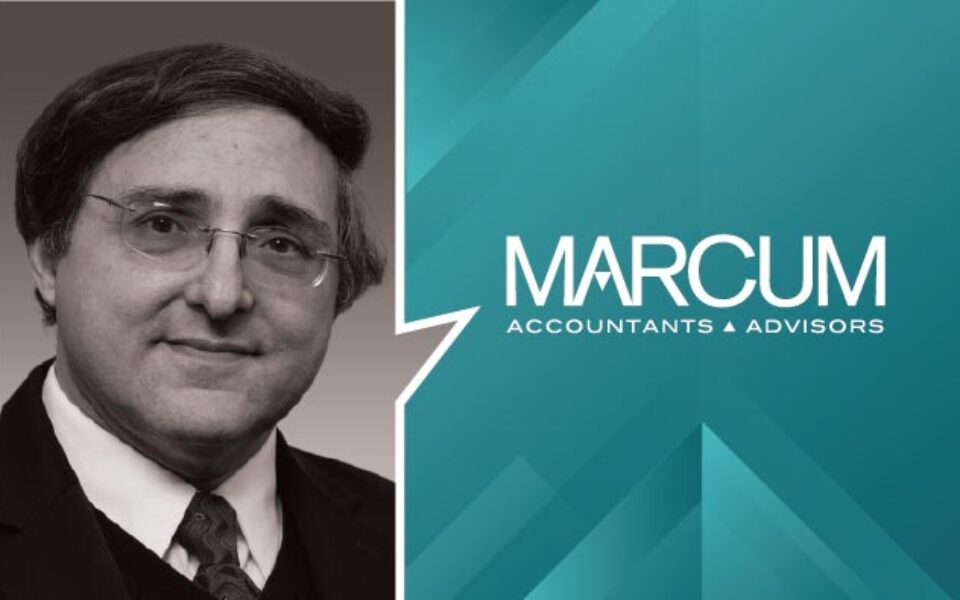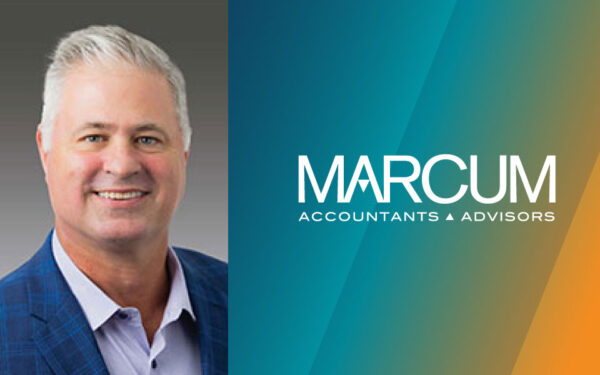Article by Michael D’Addio, Tax & Business Services Principal, "The Aragona Case: A Blueprint to Avoid the Net Investment Income Tax on Trusts," Featured in Construction Accounting & Taxation
Construction Accounting & Taxation
By Michael D'Addio, Principal, Tax & Business Services

Excerpt:
Owners of construction companies and other businesses stand to benefit – potentially significantly – from a recent decision by the U.S. Tax Court, which handed an important victory to taxpayers in the Frank Aragona Trust case. While the case directly dealt with whether a trust could qualify as a real estate professional, it has much broader applications and effectively provides a blueprint for avoiding the net investment income tax on business income held in trust.
Business owners frequently transfer all or a portion of the ownership of their companies to family members through the use of trusts. This causes future growth in the value of the construction company to accrue to the benefit of younger family members and escape estate taxation. Proper drafting can cause the avoidance of death transfer taxes for several generations.
Transfers in trust are generally preferred over out right transfers in many situations. The beneficiaries may be too young to hold interests directly. More importantly, a trust can be structured, through use of “spendthrift” provisions, to provide creditor protection to the trust beneficiary. This can protect the beneficiary from a variety of claims, including those related to divorce. These trusts will frequently use an independent trustee, who is someone other than the trust grantor or a related person, to determine what distributions will be made to the trust beneficiary. This independent trustee will of ten times be a trusted advisor (an attorney, accountant, financial advisor, etc.) or an institution (a bank or trust company).
Where the business is operated through an S corporation, a limited liability company, or other entity treated as a partnership for tax purposes, the trust is taxed annually on its share of the income of the business. Due to the compression of trust rates, the 39.6 percent maximum federal rate applies once the trust income reaches a round $12,000. If the trust grantor is in the maximum tax bracket, this does not produce any additional tax cost. Additionally, the income can be taxed at the beneficiaries’ lower tax rates through distributions of income from the trust.



















